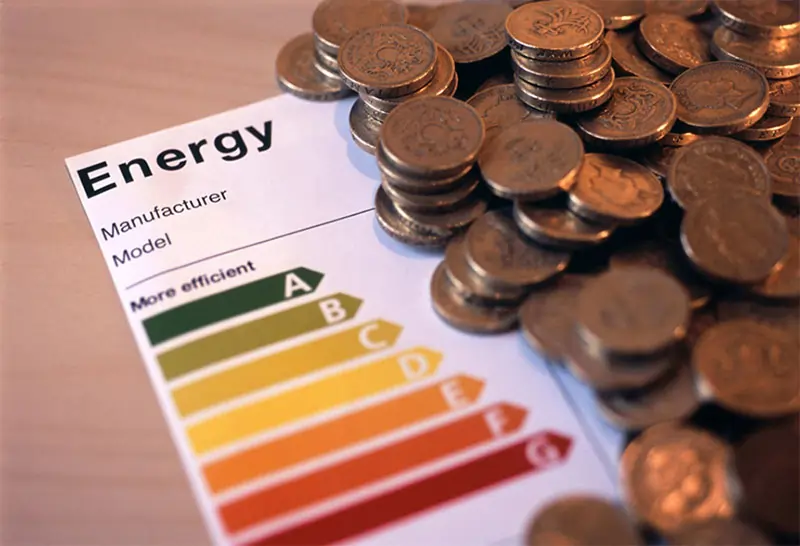Finding Balance Between Saving and Living
There’s a fine line between being financially responsible and being so focused on saving that you forget to live. Many people equate financial discipline with restriction — cutting out every indulgence, avoiding vacations, or constantly worrying about expenses. But saving money isn’t supposed to make life smaller. It’s meant to create freedom and stability so you can actually enjoy the things that matter most. Whether you’re saving for a long-term goal, building an emergency fund, or working toward credit card debt relief, the real challenge is finding that sweet spot between planning for tomorrow and living fully today.
Assessing Where You Stand
Finding balance begins with awareness. You can’t make intentional financial choices without knowing where your money currently goes. Start by tracking your income and expenses for a month. This doesn’t mean creating a rigid spreadsheet you dread opening; it just means understanding your financial flow.
Notice what expenses truly bring value and which ones don’t. Maybe your daily coffee habit feels worth every penny, but your streaming subscriptions have multiplied without you realizing it. Awareness gives you the power to prioritize. The goal isn’t to spend less across the board — it’s to spend smarter.
According to the Consumer Financial Protection Bureau, financial well-being is about having control over your day-to-day finances while maintaining the ability to absorb unexpected expenses. That balance begins with clarity and intentionality, not perfection.
Setting Dual Goals That Align With Your Life
Most people set financial goals only around saving — buying a house, paying off debt, or retiring early. While these are essential, the “living” part often gets ignored. Try setting dual goals: one for your financial stability and one for your current happiness.
For instance, you might aim to save 20% of your income while also setting aside money for experiences that bring joy, like a family trip or a hobby you love. When both goals are clearly defined, you no longer see spending as failure. Instead, it becomes a planned, purposeful part of your budget.
The key is to make sure your goals reflect your values. If adventure matters more to you than luxury goods, direct your spending accordingly. When your money aligns with your priorities, balance feels natural.
Budgeting Mindfully With Automation
Budgeting doesn’t have to mean constant sacrifice. In fact, the best budgets are flexible and largely automated. Setting up automatic transfers to your savings or investment accounts ensures that your financial goals happen without daily effort or willpower.
Once your savings are handled automatically, the rest of your money becomes guilt-free spending. You can enjoy it knowing that your financial responsibilities are covered first. This approach makes saving sustainable because it removes the emotional friction that often leads to burnout or splurging.
The Federal Trade Commission advises automating savings as one of the easiest ways to stay consistent with long-term goals. Think of it as paying your future self before anyone else.
Allowing for Meaningful Enjoyment
The biggest mistake people make when trying to save is confusing deprivation with discipline. Living frugally doesn’t mean denying yourself joy — it means choosing joy with intention. Buying something or splurging on an experience isn’t the problem; doing it mindlessly is.
Ask yourself before each purchase: “Does this align with what I value right now?” If it’s a night out with friends that strengthens relationships, it might be money well spent. If it’s another impulse buy that brings a fleeting thrill, maybe not.
By focusing on meaningful enjoyment, you turn spending into something empowering instead of guilt-inducing. The balance lies not in saying “no” to everything, but in saying “yes” to what truly enriches your life.
Adjusting Regularly as Life Changes
Balance isn’t a one-time achievement; it’s an ongoing process. Life changes — your goals, income, and priorities will evolve, and your budget should evolve with them. Maybe a new job allows you to save more aggressively, or a temporary setback means scaling back for a while. Both are normal.
Revisit your finances every few months to see whether your spending still reflects your goals. Adjust your saving targets, your discretionary budget, and even your mindset when necessary. The more flexible you are, the more sustainable your balance becomes.
The Emotional Side of Balance
Money is rarely just about numbers. It’s tied to emotions like security, freedom, and even self-worth. Finding balance between saving and living requires addressing those feelings honestly. If saving gives you peace of mind, great — but if it also gives you anxiety about every small expense, that’s a sign you may be leaning too far in one direction.
Similarly, if spending feels like an escape or comfort, there might be deeper emotions driving those choices. The goal is emotional awareness — understanding why you spend or save the way you do, and choosing intentionally rather than reactively.
Bringing It All Together
Finding balance between saving and living isn’t about strict percentages or complicated systems. It’s about being intentional — knowing where your money goes, what it supports, and how it aligns with your values.
When you save automatically, spend mindfully, and adjust as life shifts, you give yourself permission to enjoy the present without jeopardizing your future. That’s real financial freedom — not just having money in the bank, but having peace of mind in how you use it.
At its core, balance isn’t a number. It’s a mindset: living fully today while building security for tomorrow, one thoughtful decision at a time.





